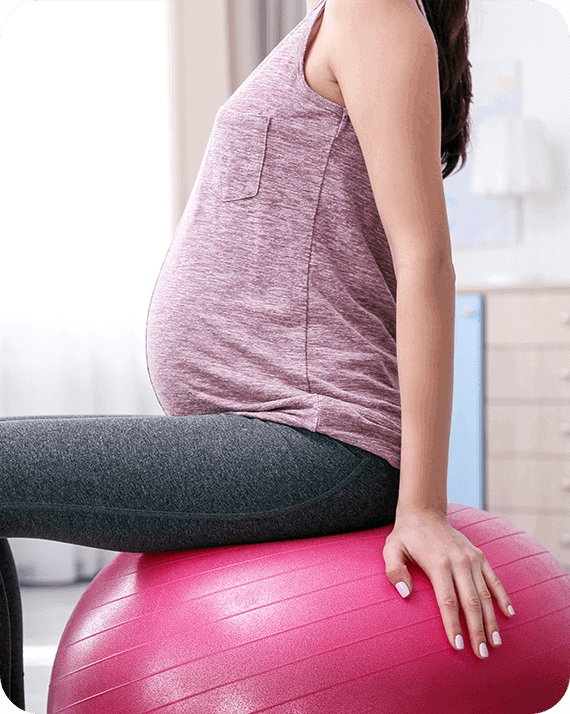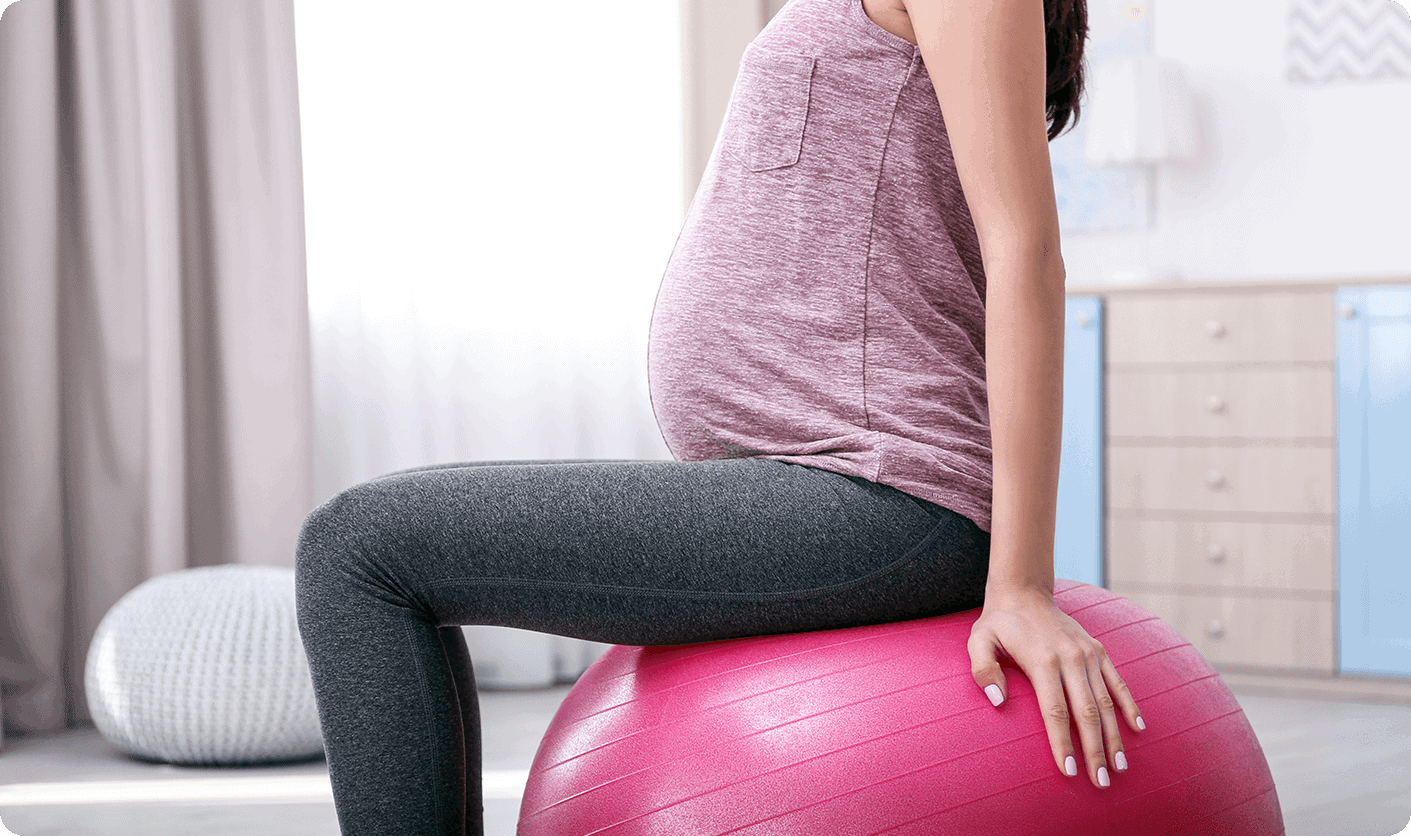Pubic pain can occur during pregnancy, and although the pain usually resolves itself after delivery, Inspire Motion can help to minimize the pain until delivery through positioning and gentle exercises. My goal is to show you movements you should — and shouldn’t — do when dealing with pubic pain, so you can take the pain-relieving movements home with you.
Many women experience Sacroiliac joint pain, or SI joint pain, when pregnant. This type of pain is felt primarily in the back of the pelvis, the hips, and even the legs and can last through delivery and the postpartum period. Physical therapy can help minimize the pain and give you the tools to make yourself more comfortable. I can help put together a plan that includes a combination of exercises, fascial work, and core strengthening.
Patients with diastasis rectus abdominis have the left and right sides of their outermost abdominal (stomach) muscle separated. This condition mostly happens during pregnancy, but it may also occur in infants, older women, and men. With physical therapy, we can work to manage your symptoms, improve your strength and stamina, and slowly return to your day-to-day activities. Personal training and core strengthening exercises, specifically centered around your core (like improving abdominal pressure and pelvic floor strengthening), can play a big role in recovery, as well as electrical muscle stimulation and bracing.
If you’ve experienced incontinence, pelvic pain, or pain during sex, you may be suffering from undiagnosed pelvic dysfunction. Pelvic dysfunction affects many, especially those with endometriosis or post-hysterectomy, specifically from scar tissue. As a certified physical therapist, I can help rebuild and strengthen your pelvic floor muscles. Treatment plans may include strengthening and stretching exercises as well as relaxation exercises, modalities, coordination exercises, and an education in prevention.


